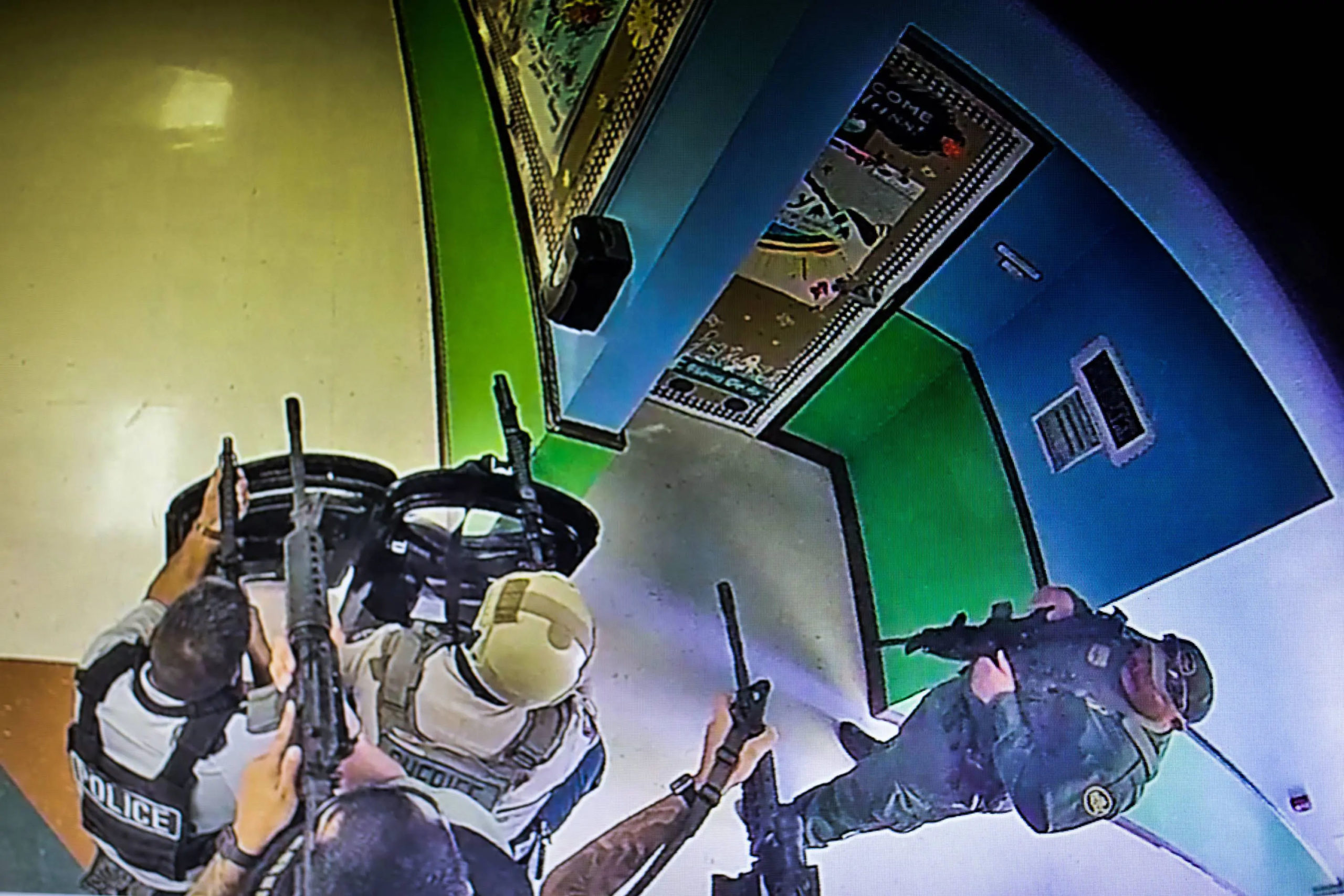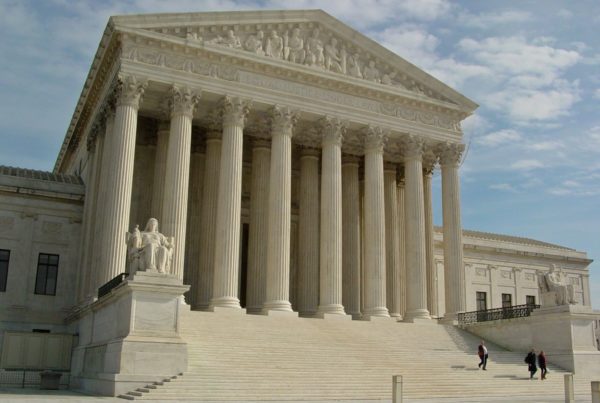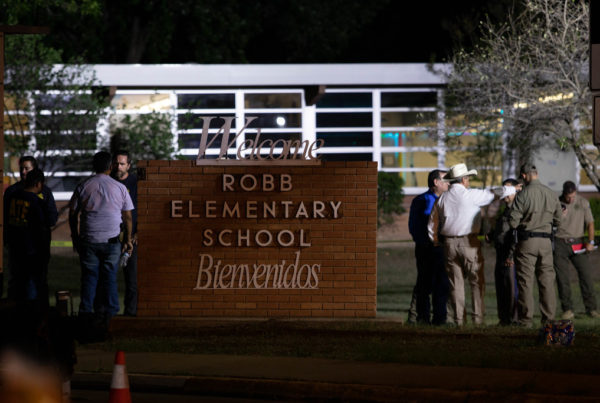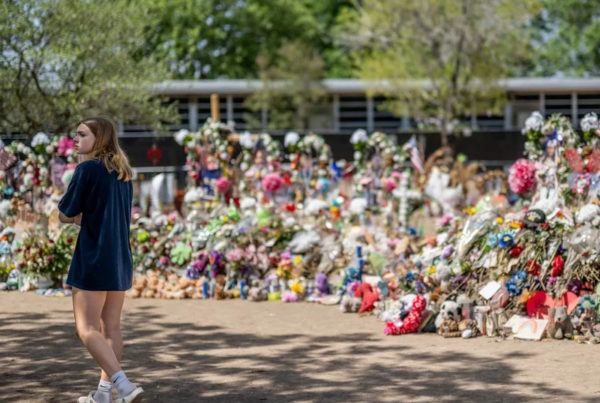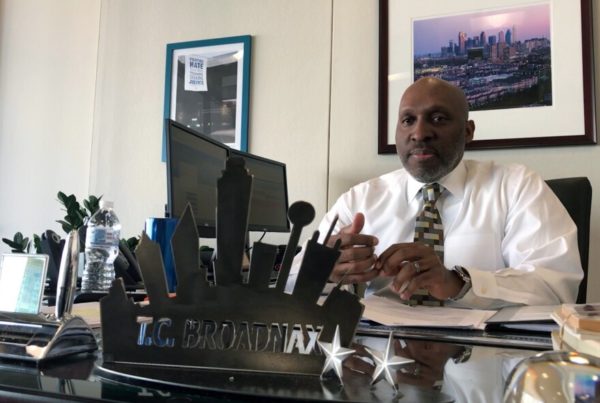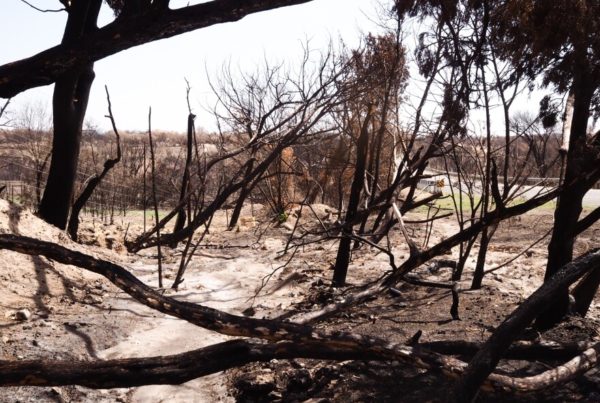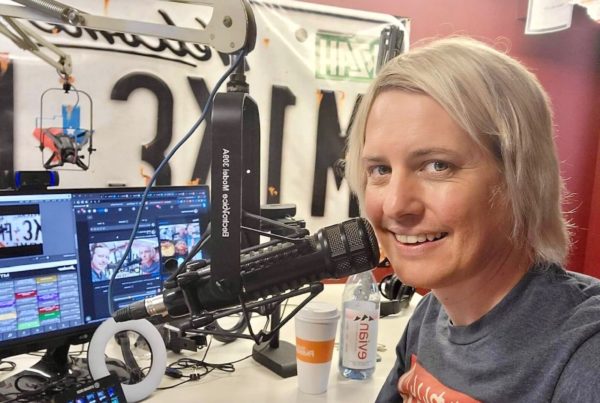From The Texas Tribune:
The officers in the hallway of Robb Elementary wanted to get inside classrooms 111 and 112 — immediately. One officer’s daughter was inside. Another officer had gotten a call from his wife, a teacher, who told him she was bleeding to death.
Two closed doors and a wall stood between them and an 18-year-old with an AR-15 who had opened fire on children and teachers inside the connected classrooms. A Halligan bar — an ax-like forcible-entry tool used by firefighters to get through locked doors — was available. Ballistic shields were arriving on the scene. So was plenty of firepower, including at least two rifles. Some officers were itching to move.
One such officer, a special agent at the Texas Department of Public Safety, had arrived around 20 minutes after the shooting started. He immediately asked: Are there still kids in the classrooms?
“If there is, then they just need to go in,” the agent said.
Another officer answered, “It is unknown at this time.”
The agent shot back, “Y’all don’t know if there’s kids in there?” He added, “If there’s kids in there we need to go in there.”
“Whoever is in charge will determine that,” came the reply.
The inaction appeared too much for the special agent. He noted that there were still children in other classrooms within the school who needed to be evacuated.
“Well, there’s kids over here,” he said. “So I’m getting kids out.”
The exchange happened early in the excruciating 77 minutes on May 24 that started when Salvador Ramos, who had just shot his grandmother in the face, walked through an unlocked door of Robb Elementary, encountering no interference as he wielded an AR-15 he had bought eight days earlier. At the end of those 77 minutes, 19 students, including the daughter of one of the officers stationed in the hallway, and two teachers were dead or dying. Others sustained serious physical injuries; the emotional and psychological ones will last for life. It was the deadliest school shooting in Texas history.
But during most of those 77 minutes, despite the urgent pleas from officers and parents amassed outside, officers stayed put outside rooms 111 and 112, stationed on either end of a wide hallway with sky blue and green walls and bulletin boards displaying children’s artwork. Ramos fired at least four sets of rounds — including the initial spray of fire that likely killed many of his victims instantaneously.
After the special agent’s comment, nearly another hour passed before a tactical team from the Border Patrol breached the classroom doors and killed the gunman.
In the weeks since the tragedy in Uvalde, questions have swirled around the actions of police and whether some lives could have been saved if officers confronted the barricaded gunman sooner. Authorities have shared conflicting information about who was in charge, who confronted the shooter and when. A debate over whether the locked classroom doors could be breached gave way to the discovery that they may never have been locked at all.
Revelations have trickled out in the press: The New York Times has described officers’ doubts about the decision to wait; breakdowns in communications and tactics; and the fact that officers held off from the confrontation even though they knew people were injured, and possibly dying, inside. The San Antonio Express-News reported that there is no evidence that officers tried the doors on rooms 111 and 112 — contradicting a key assertion by the Uvalde schools police chief, Pete Arredondo, who told The Texas Tribune that officers tried the doors, found them locked and had to wait for a master key to unlock them. On Monday evening, the Austin American-Statesman and KVUE-TV revealed that the officers, in effect, had more than enough firepower, equipment and motivation to breach the classrooms.
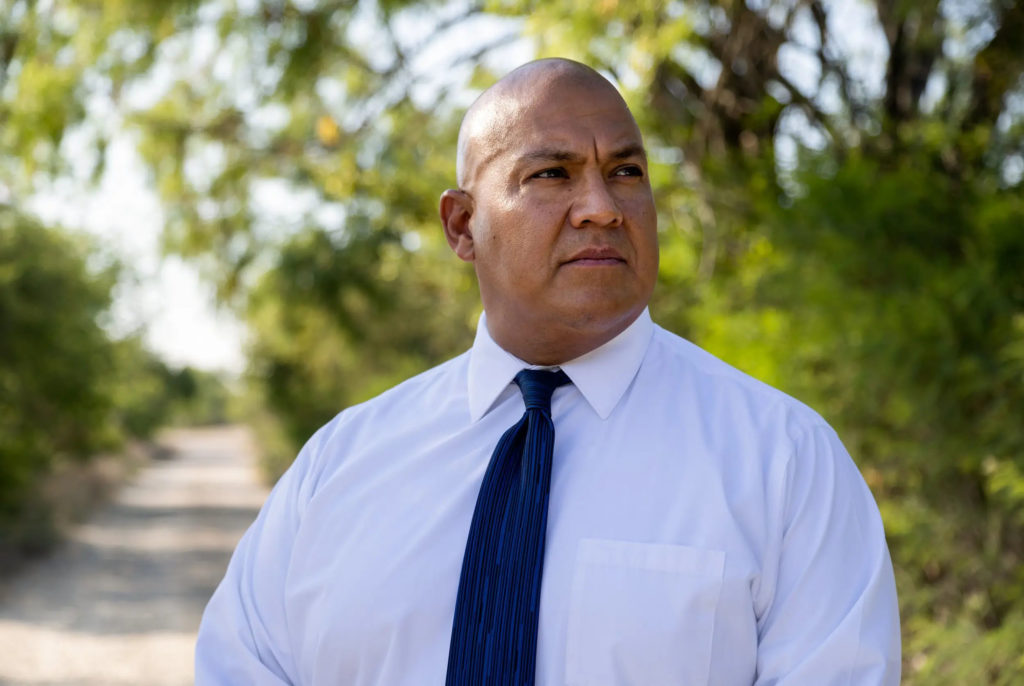
Pete Arredondo, chief of the Uvalde school district police, on a dirt road on the outskirts of Uvalde on June 8.
Meanwhile, at least three investigations — by the U.S. Department of Justice, the Texas Legislature, and the local district attorney, Christina Mitchell Busbee — are reviewing records and interviewing witnesses to evaluate the law enforcement response. Public understanding of the response to the tragedy has been marred by refusals by state and local agencies to release public records, efforts by local officials to bar journalists from public meetings, and the closed-door nature of the hearings held by state lawmakers. The secrecy has already prompted Texas Monthly to ask, “Will We Ever Know the Truth About Uvalde?”


